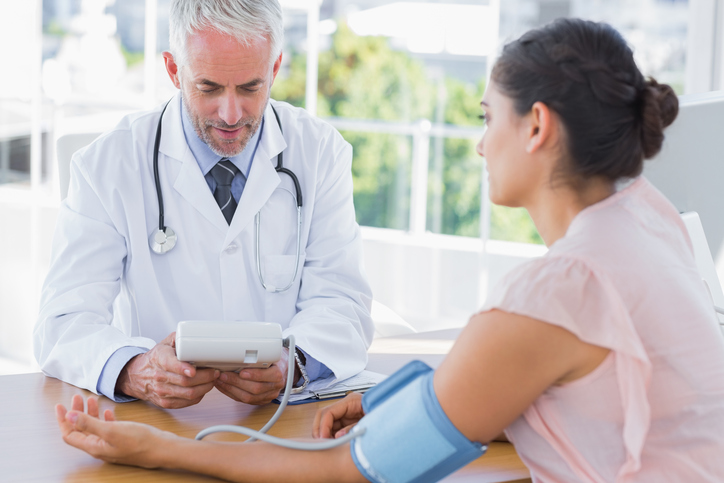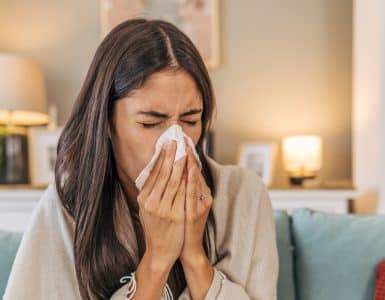Fast facts:
- 1 in 4 Americans has high blood pressure
- If left untreated, it could lead to heart disease, stroke, and eye and kidney damage
Know your numbers
If you go to a health screening or visit your doctor for a checkup, you will learn your blood pressure. Use this chart to better understand your blood pressure screening results.
| Category | Systolic (top number) | Diastolic (bottom number) | |
| Normal | Less than 120 | and | Less than 80 |
| Prehypertension | 120 – 139 | or | 80 – 89 |
| Stage 1 Hypertension | 140 – 159 | or | 90 – 99 |
| Stage 2 Hypertension | 160 and above | or | 100 and above |
Take action now!
Following these tips can help you lower your blood pressure—and become more healthy in general.
- Manage your weight. Aim to stay at, or take steps to achieve, a healthy weight through proper nutrition and regular exercise.
- Modify your diet. Eat 5 servings of fruits and vegetables daily. Make at least half the grains you eat whole grains (like whole wheat, brown rice, or oats). Choose lean meats, like fish or chicken. Eat foods that are low in sodium—try not to exceed more than 1,500 mg per day.
- Get movin’. If you are new to exercise, talk to your doctor before you start exercising, and start with 5-10 minutes of aerobic activity (walking, running, bike riding, etc.) per day. Then work up to exercising most days, 20-60 minutes each day. Include muscle strengthening and flexibility exercises twice a week.
- Avoid being sedentary. Whenever possible, get up and move around! Stand up and stretch at your desk, walk at lunchtime, go for an after-dinner bike ride—whatever keeps you on your feet and off the couch!
- Quit tobacco. Whether you smoke or chew, this is a habit you need to stop immediately! It will benefit your health in many ways.



